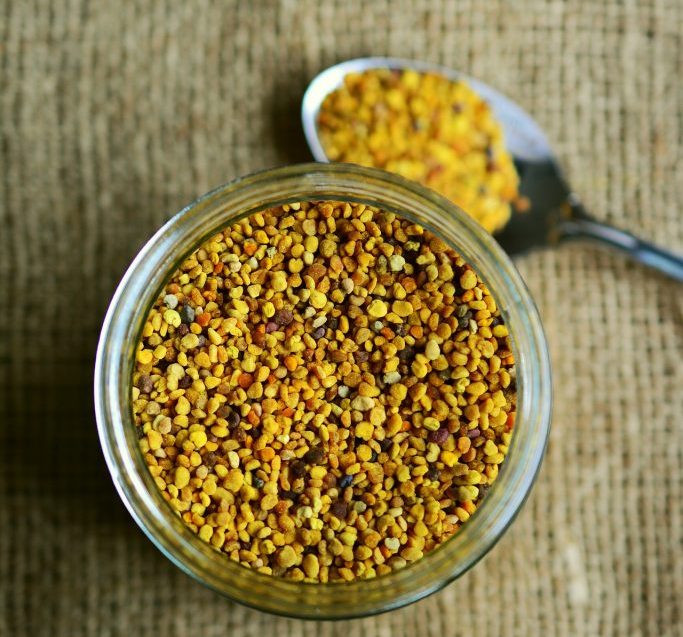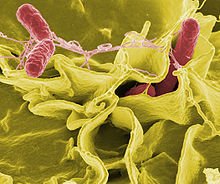Replacing antibiotics with natural additives
The use of natural additives to feed farm animals is one of the most cost-effective alternatives for farmers
In recent decades, countries around the world have been seeking viable alternatives to reduce the use of antibiotics and AGP in animal production. This will help to restore and preserve the efficiency of these drugs in the fight against diseases and consequently bring benefits to human health.
For this reason, the use of performance-enhancing antibiotics in animal production is restricted and banned in some countries to comply with global strategies adopted to improve both human and animal health.
Such restriction implies nutritional modifications worldwide, as well as the creation of new strategies to maintain animal health and satisfactory performance following the standards.
With this new setting, it is key that companies and producers adjust and invest in rigorous management, health and nutrition plan aimed at replacing the antibiotics used in the feed with alternative additives.
Replacing antibiotics may require a multidisciplinary approach and solutions customized for each livestock.
The inclusion of alternative additives in animal diets implies the development of new nutritional and management strategies that improve animal resistance to diseases. This involves the quality of ingredients used in the production of diets, sanitary control from the farm to the final product, and proper handling.

Research has shown that the use of natural additives to feed farm animals may help decrease the use of AGP in diets even more.
There are alternatives for controlling pathogenic bacteria on the market, such as live attenuated vaccines (which generally act on Salmonella gallinarum and Salmonella typhimurium, but also act on Salmonella enteritidis), feed products that act as bactericidal antibiotics (usually compounds of organic acids) or products that act on the animal organism such as probiotics, organic acids, plant extracts, prebiotics etc. Each product has different ways of acting to control pathogenic bacteria (directly or indirectly).
The choice and use of natural additives in animal feed depend on the breeding conditions, management, dietary ingredients and cost-effectiveness for producers.
Yeast-based additives, especially the genus Saccharomyces, are commonly used in animal feed diets.
The isolated definition of yeast refers to the product that has been separated from the culture medium, i.e., viable cells with their growth medium. The yeast Saccharomyces spp. Is known worldwide as an excellent source of protein, B-complex vitamins, essential minerals, and dietary fiber. The genus Saccharomyces is the most important for the industry, as it also provides a high lysine content.
Although their composition may vary according to the processing to which they go through, yeasts are sources of MOS and β-glucans contained in their cell wall.
Concern about the quality of ingredients and additives used in animal feed is a global and irreversible trend, as the end consumer is becoming more aware of the relationship between “nutrition and health.”
Thus, yeasts can be used in both human and animal food in various ways and for different purposes; therefore, they are an attractive alternative to the ban on the use of antibiotics for industries and farmers, especially about the economic factor.
Posted in 24 May of 2019


